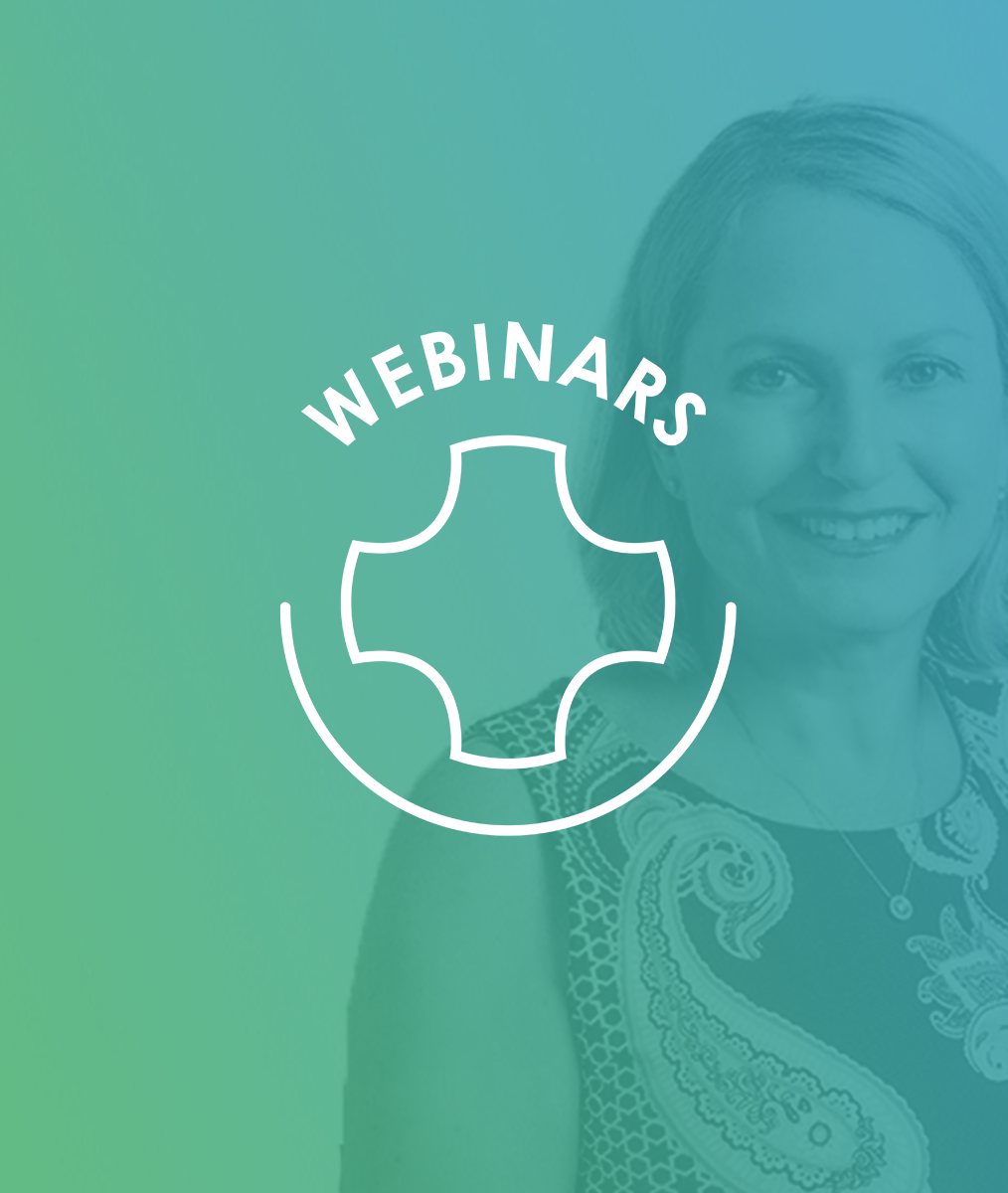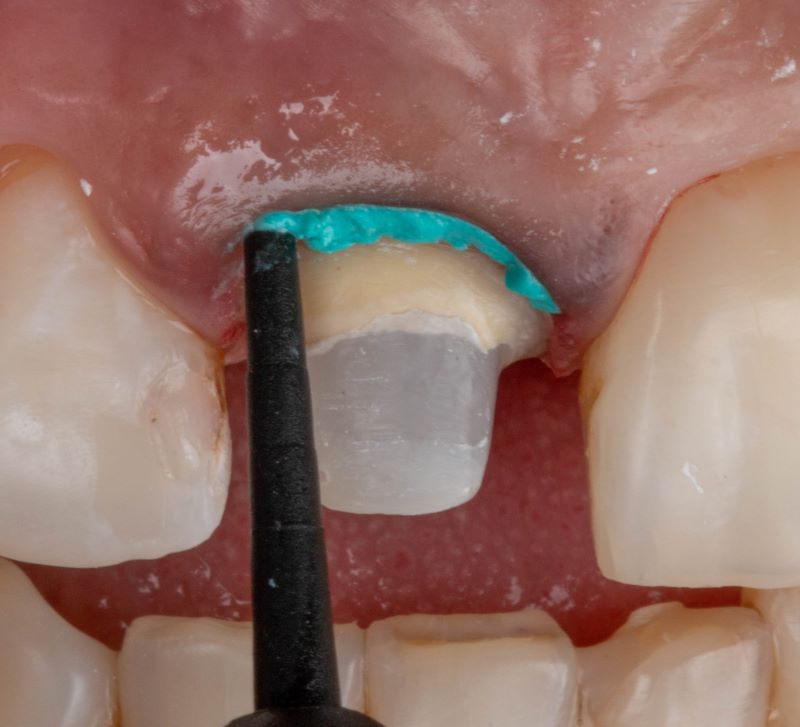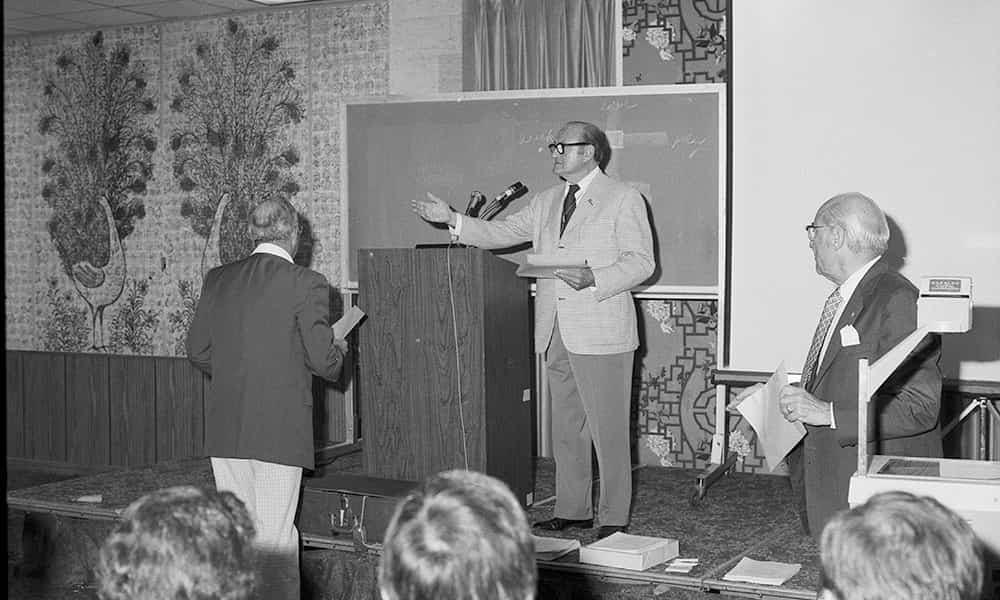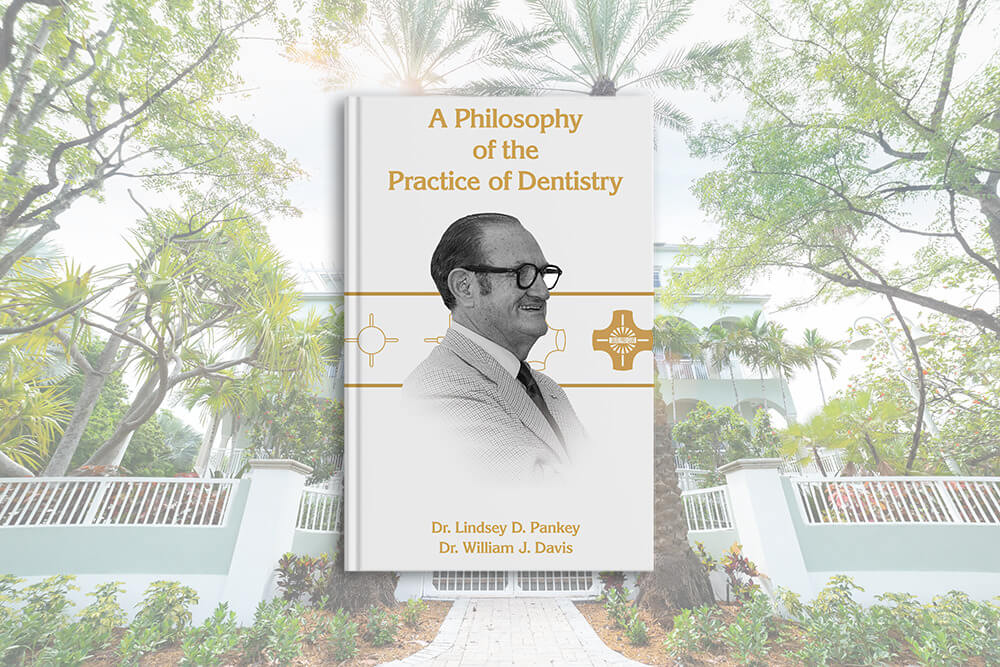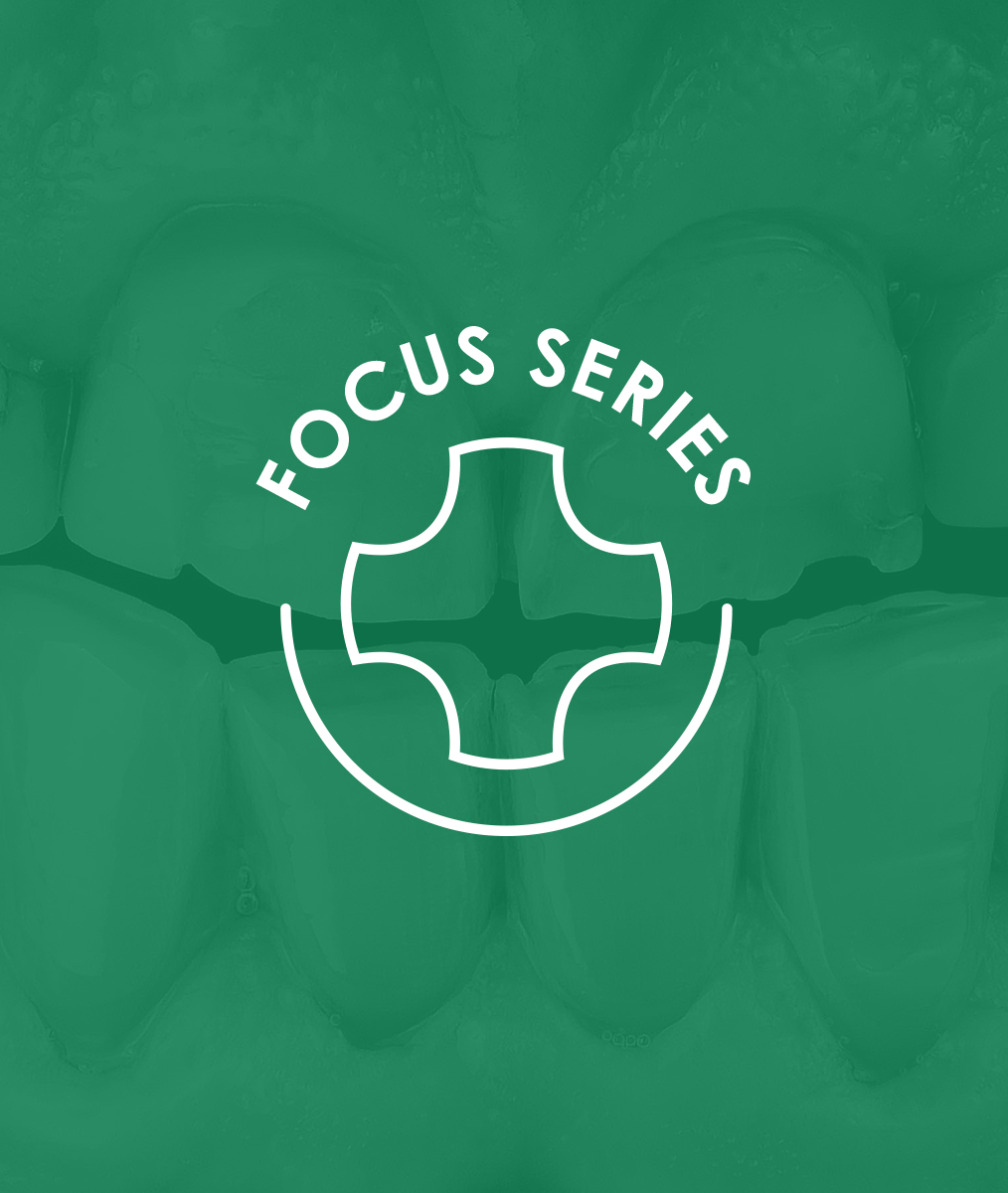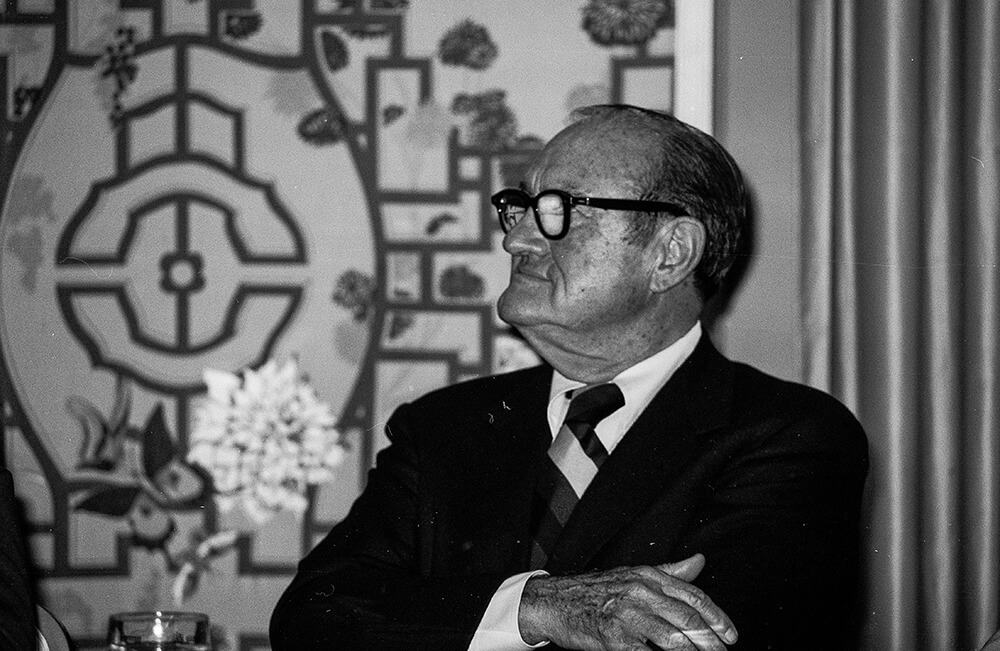Life-Long Learning Part 4: Challenge What You Know
Gary M. DeWood, DDS, MS
Challenging what you think you know will pique your curiosity and lead to pursuing more information and interactions from which you learn. Challenging what you think you know leads to learning with the benefits of brain development, longer life, emotional wellbeing, and inspiration to share yourself in new ways with others. Simply said, challenging what you know prompts intentional learning to BE more expansive, to grow.
My hope is that after reading this blog series, you will take time to reflect on the following statements from three of the many people who have influenced me over the years.
Quotes from Daniel J. Boorstin, historian and Pulitzer Prize winning author of The Americans:
Education is learning what you didn’t even know you didn’t know.
The single largest obstacle to discovery is NOT ignorance; it is the illusion of knowledge.
Quote from Herbert E. Blumenthal, DDS:
Don’t believe everything you think.
Quotes from William J. Davis, DDS, co-author with L. D. Pankey of A Philosophy of the Practice of Dentistry:
Learning best takes place when we “live” a philosophy, meaning living in a state of inquiry based on our values, knowledge, and goals.
When the late Dr. L.D. Pankey decided to devote his life to saving teeth, he was forced to ask himself, “How can I help people keep all of their teeth all of their lives?” In 1925 L.D. didn’t know the answer or even if there was an answer. When he decided to never extract another good tooth, he was taking an enormous professional and economic risk. He was able to uncover and develop many principles that have proven instrumental in our understanding of restorative dentistry and patient communication.
Philosophy, in its most valuable form, is more concerned with the right questions than the right answers.
Now that I am back actively within the Pankey community of learning and inspiration, I have four wishes for you:
- May you come face-to-face daily with something that you don’t even know you don’t know.
- May you not be blinded by what you think you do know when it shows up and fail to see it because you believe everything you think.
- May you ask questions and intentionally seek answers.
- May intentional leisure learning be not just what you do but how you live.
Related Course
Clear Aligner Therapy: Enhance Restorative Outcomes & Patient Health
DATE: May 23 2024 @ 8:00 pm - May 23 2024 @ 9:00 pmLocation: Online
CE HOURS: 1
Course Description: Review the digital workflow as part of the comprehensive exam and health screening during periodic exams. We will discuss the benefits of clear aligner therapy prior to restorative care. Also the…
Learn More>






